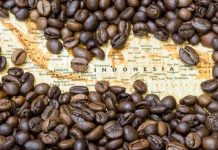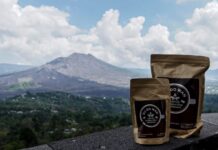Indonesia an Asian country with great economic potential. In fact, the country is also Southeast Asia’s largest economy and its characteristics position it as a newly advanced economy. Its long history as the source of coveted spices shaped Indonesia into the multi-ethnic and religiously diverse nation that we live in today.
Backtracking to the early civilization in Indonesia
It is believed that Indonesia has existed since the Pleistocene period (4 million years BC) when it was linked with the present Asia mainland. It was during this period that the Homonids made their first appearance and Java Man inhabited the part of the world now called Indonesia. Java Man, named Pithecanthropus Erectus by Eugence Dubois who found the fossils on the island of Java have been the first inhabitant of Indonesia.
During 3000-500 BC, Indonesia was inhabited by Sub-Mongoloid migrants from Asia who later inter-married with the indigenous people. Later still (1000 BC) inter-marriage occurred with Indo-Arian migrants from the South-Asian subcontinent of India. The first Indian migrants came primarily from Gujarat during the first Christian era.
Early trade relations were established between South India and Indonesia. Sumatera was then named Swarna Dipa (island of gold), and Java was named Java Dwipa (the rice island).
Early Indonesia
Hindu kingdoms sprang up on Java and Sumatera as early as 300 BC until 16th century AD, under the influence of traders from India. Indian culture and customs were introduced, such as the system of government in a monarchy, the ancestry system, the organization of military troops, literature, music and dances, architecture, religious practices and rituals, and even the division of laborers into castes. The Hindu literary works known as Vedas and the “Mahabharata” and “Ramayana” epics were also introduced through the wayang, or shadow-play performance, which is still very popular in many parts of Indonesia till date.
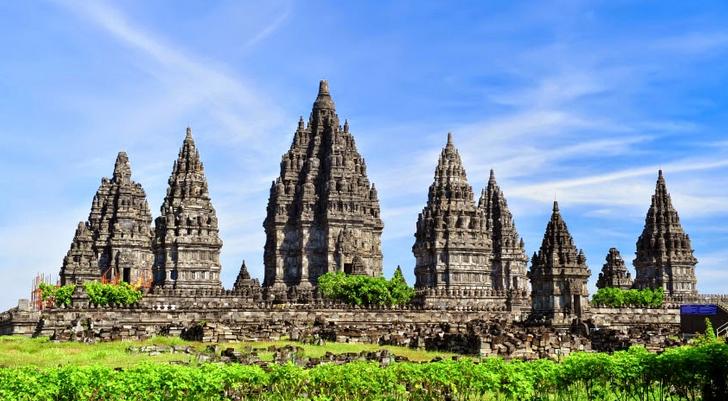
In the 7th century, the powerful Buddhist kingdom of Sriwijaya arose on Sumatra. It controlled much of Indonesia until 1290 when it was conquered by the Hindu Majapahit Empire from Java. Majapahit (1290-1527) united most of modern-day Indonesia and Malaysia.
Meanwhile, Islamic traders introduced their faith to Indonesians in the trade ports around the 11th century. Islam slowly spread throughout Java and Sumatra, although Bali remained majority Hindu. A number of Muslim kingdoms sprang up in Java, Sumatra, Sulawesi, Maluku, and Kalimantan.
Colonial years
The Portuguese took control of parts of Indonesia in the 16th century, after their conquest of the Islamic kingdom of Malaka on the Malay Peninsula. At that time there was a huge demand in Europe for spices such as nutmeg, ginger, cinnamon, cloves and mace. The Portuguese therefore decided to seize the Moluccas, the main source of spices. However in the early 17th century, the Portuguese lost their position to the Dutch.
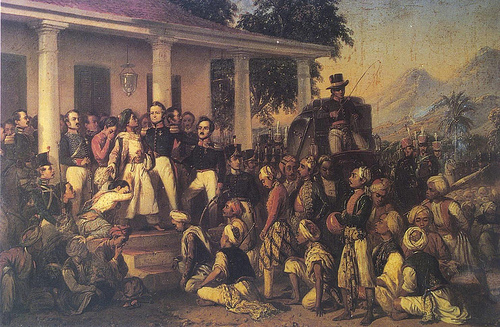
The first Dutch fleet sailed from Holland in 1595 under Cornelis de Houtman. In 1602 the Dutch East India Company was formed to control trade with Indonesia. During the 17th century the Dutch gradually extended their power of Java and the Moluccas; however they had little influence in the rest of Indonesia.
In 1806 the British and Dutch went to war. In 1811, the British soon captured all the Dutch possessions in Indonesia, abolished slavery, and divided the country into areas called residencies for administration. However, in 1816 British handed Indonesia back to the Dutch. Soon, Dutch intensified their colonial rule. This was the darkest time for Indonesians.
The road to independence
The fact that Dutch ruled the nation only sparked widespread revolts to seize freedom. Wars and wars fell on various parts in Indonesia, led by nationalists in respective area. But it didn’t stop the Dutch to exploit and oppress Indonesia.
In the early 20th century the Dutch decided to treat the Indonesians more fairly. They built school and spent money on health care, sanitation, and irrigation. Although the new policy had little effect on the lives of most Indonesians, it meant that at least some Indonesians became highly educated and familiar with western ideas such as liberalism and socialism. As a result, nationalist movements were formed in Indonesia and they began clamoring for independence.
The Dutch were powerful enough to curb Indonesian nationalism by arresting its leaders and suppressing the nationalist organizations, but never were they able to eliminate nationalist sentiment. The Indonesians, on the other hand, did not have the power to compete with the colonial rulers and therefore needed outside help to eliminate the colonial system.
Throughout the early 20th century, nationalism grew in the Dutch East Indies. In March of 1942, the Japanese occupied Indonesia, expelling the Dutch. Initially welcomed as liberators, the Japanese were brutal and oppressive, catalyzing nationalist sentiment in Indonesia.
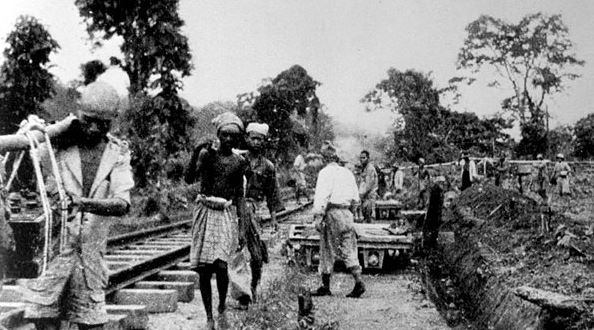
When the Japanese took over, Dutch officials were thrown in internment camps and were replaced by Indonesians to administer government tasks. The Japanese educated, trained, and armed many young Indonesians and gave their nationalist to prepare for a future independent Indonesian nation. In the final months before Japan’s surrender, effectively ending World War II, the Japanese gave full support to the Indonesian nationalist movement.
On 17 August 1945 Soekarno and Hatta proclaimed the independence of Indonesia, two days after the Nagasaki atomic bombing. Pancasila became the ideological and philosophical basis of the Republic, and on August 18th 1945 the Constitution was adopted as the basic law of the country. Soekarno became the first President and Chief Executive, and Mohammad Hatta became the first Vice-President of Republic Indonesia.

However it did not necessarily give freedom to Indonesia. The republic was soon faced with military threats to its very existence. British troop landed in Indonesia as a contingent of the Allied Forces to disarm the Japanese. Dutch troops also seized this opportunity to land in the country, but for a different purpose: to regain control of the former East Indies. Indonesians fought for the independence for 4 years, and finally gained full freedom in 1949 with UN help.
The first two presidents of Indonesia, Soekarno (r. 1945-1967) and Soeharto (r.1967-1998) were autocrats who relied upon the military to stay in power. Since 2000, however, Indonesia’s president has been selected through free and fair elections in a democratic framework.

